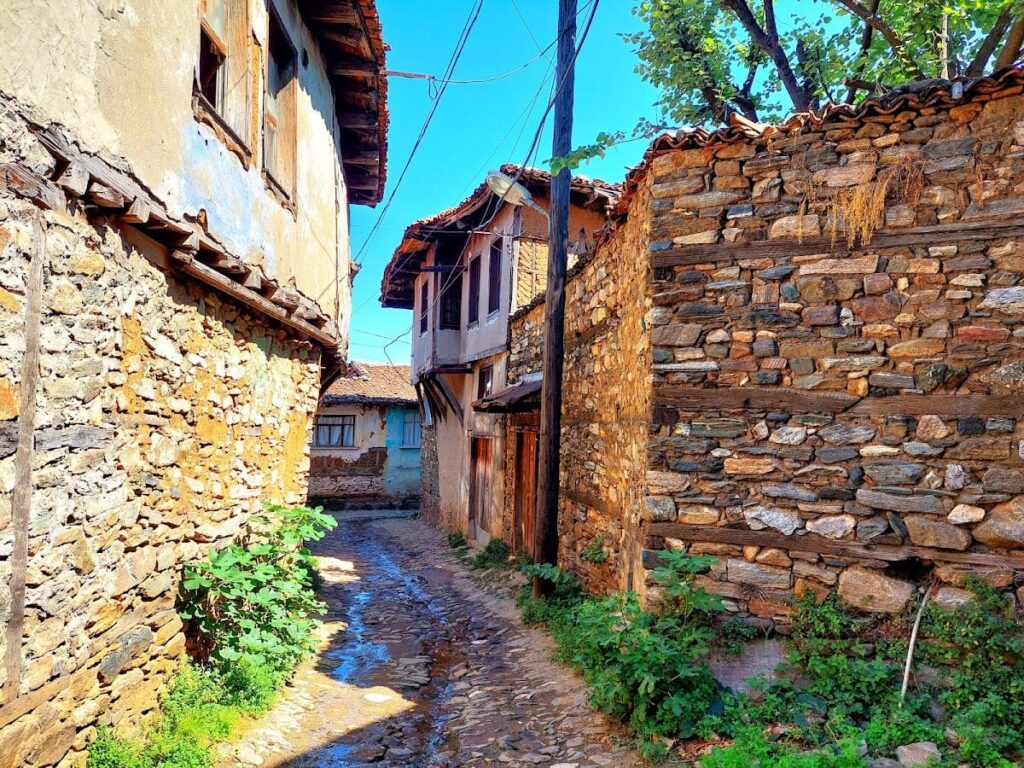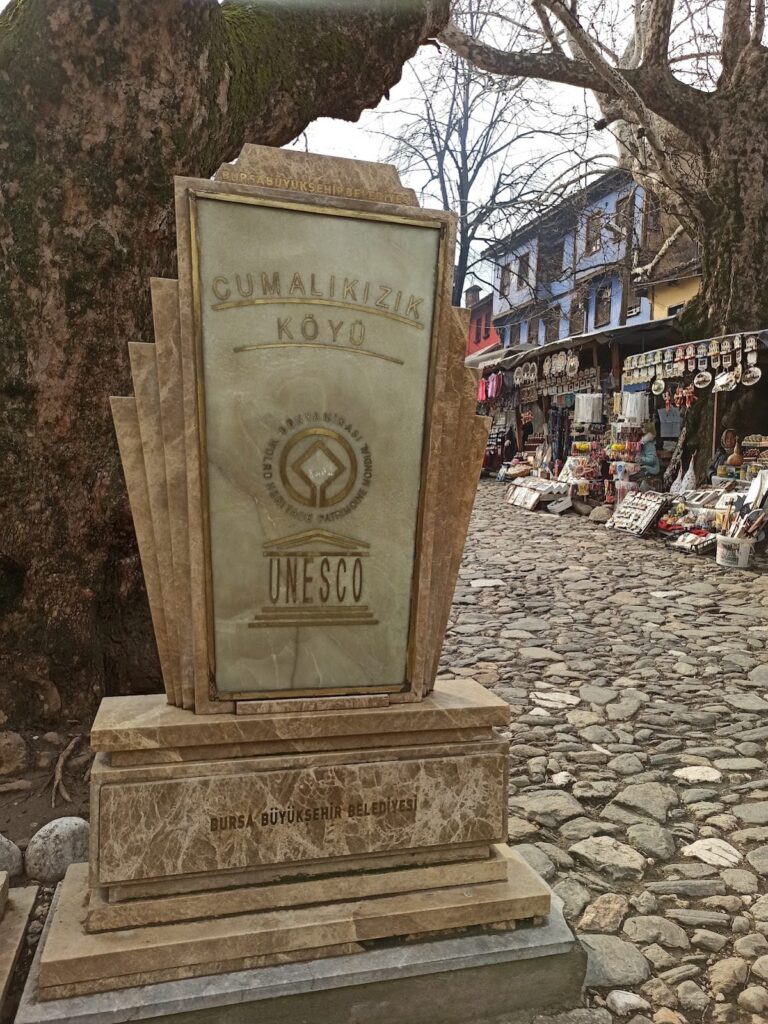Cumalıkızık: An Early Ottoman Village Near Bursa, Turkey
Visitor Information
Google Rating: 4.4
Popularity: Medium
Google Maps: View on Google Maps
Country: Turkey
Civilization: Ottoman
Remains: City
History
Cumalıkızık village is located near Bursa in northwestern Turkey, on the northern slopes of Uludağ mountain. It was established around 1325 during the early years of the Ottoman Empire. The village was founded by members of the Oghuz Kızık clan, one of the Turkic tribes that played a role in the empire’s formation. Its name, Cumalıkızık, reflects its function as a place where villagers gathered for Friday (Cuma) prayers.
Throughout the Ottoman period, Cumalıkızık served as a vakıf village, meaning it was an endowed settlement that supported nearby caravanserais and külliyes (complexes including mosques, schools, and hospitals) along the Silk Road trade route. This role connected the village to broader economic and religious networks, supplying agricultural products and goods to travelers and religious institutions.
During the Greek occupation of Bursa between 1920 and 1922, Cumalıkızık maintained its Ottoman rural character and cultural identity. Despite political upheavals, the village preserved its traditional way of life and architecture. In 2014, Cumalıkızık was recognized by UNESCO as part of the World Heritage List alongside Bursa, honoring its well-preserved early Ottoman rural architecture and cultural landscape.
Archaeological discoveries near the village include Byzantine-era church ruins found in 1969, revealing earlier layers of settlement before the Ottoman foundation. Some artifacts from these ruins are displayed in the Bursa Archaeological Museum. Since 2014, the village has hosted an ethnography museum showcasing local history and lifestyle, and since 2015, it has held an international raspberry festival.
Remains
Cumalıkızık village features a compact layout typical of early Ottoman rural settlements. It contains about 270 historic houses, with roughly 180 still inhabited. These homes are mainly built from rubble stone, wood, and adobe, a type of sun-dried mudbrick. Most houses rise three stories high, with upper floors featuring decorative lattice windows or bay windows known as cumbas. The streets are narrow and paved with stone, lacking sidewalks but including a central water drainage channel, a medieval design element.
The village includes several notable structures from the Ottoman period. An Ottoman mosque serves as a religious center, accompanied by a single-domed bathhouse (hamam) used for communal bathing. Nearby stands the Zekiye Hatun fountain, located adjacent to the mosque, providing water to residents.
Within the village area lie the ruins of a Byzantine church, discovered in 1969. These remains attest to an earlier Christian presence before the Ottoman settlement. Some artifacts from this church are preserved and exhibited in the Bursa Archaeological Museum. The Byzantine ruins remain in situ but are fragmentary.
Cumalıkızık’s buildings are painted in various colors, including yellow, white, blue, and purple. Doors often have wrought iron handles and knockers, reflecting traditional craftsmanship. The village’s preservation is notably good, with ongoing restoration efforts aimed at maintaining the authenticity of its historic fabric. Surrounding the village are agricultural lands producing citrus fruits, walnuts, and chestnuts, continuing the rural economy that has supported the community for centuries.




